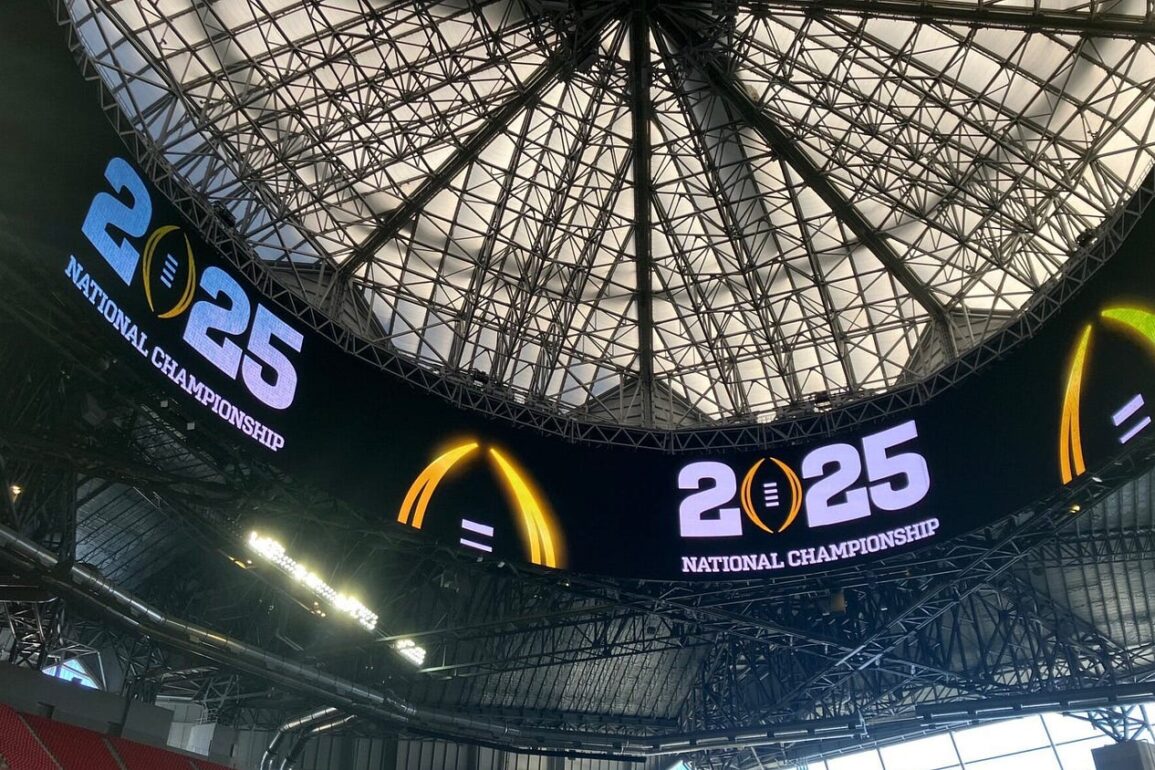It’s about twice as long as it used to be, with a lot of dead time between games.
Whether it’s Notre Dame or Ohio State who gets crowned on Monday night, I’ve argued that the 2024-25 College Football Playoff champion will have “proven it on the field” more than any other team in the sport’s history.
For one thing, both teams are staring down their 16th game of the year, which will tie them with fellow Final Four teams Texas and Penn State for the most any FBS team has played in a season since 1899. Furthermore, the only teams among the final AP Top 7 that either the Buckeyes or Irish haven’t directly beaten are each other. Unlike earlier eras of polls, hypotheticals and complaints about computer systems, this year’s champion will have left no doubt about their worthiness when the confetti rains down in Atlanta.
That doesn’t happen, though, without the debut of an expanded playoff this season — and the absurd schedule bloating that comes with that. From start to finish, the 2024-25 bowl season will have spanned 38 total days by Monday night, and the playoff will have spanned more than a month by itself, at 32 days:
How long is a 38-day bowl season? Not only is it the longest on modern record,1 by far, but it’s the only bowl season that has lasted longer than 25 days — and it’s almost exactly double the 19.1-day average span that college football featured before the four-team playoff began in 2014.
This year features the most total bowl games (43) of any season on record, a subject I’ve also highlighted often in the past. But as bloated as that number is, too, in a historical sense, it’s not too far off from the norm in recent seasons; during the four-team era, there was an average of 38.7 bowls per season, just 10 percent fewer than this year despite the massive uptick in calendar space used.
(Many of those bowls also featured insane names/sponsors/themes, so I go easy on the growth of lesser bowls simply for that comedic value.)
One main reason why this year’s bowl season extends so long is obviously not the non-playoff bowls, but the fact that nearly three times as many playoff games needed to be staged. The 32-day span of the playoff is 2.9 times as long as it used to take the playoff on average during the four-team era. (This also makes sense to a degree, as there are twice as many playoff rounds to get through as in the past.)
But the other main reason is the sheer number of “dead days” on the calendar in between those games. Of the 38-day span in this year’s bowl season, only 20 of those days actually contained games — the other 18 were off-days, of which half come between the semifinals and Monday’s title contest.
Dead days were actually surprisingly common in earlier eras of the bowls, with 1990 containing nearly as many (17) as there have been this season — thanks to the California Bowl being played on Dec. 8, the Independence Bowl happening on Dec. 15, and no other bowls taking place until the Aloha Bowl on Christmas Day. (Which, incidentally, featured a very tiny Bruno Mars singing at halftime:)
But bowl season had been dramatically cutting back on dead days since the early 1990s, dropping to an average of just 5 per season from 1996 through 2013 (the final season before the four-team playoff began).
Even after the old playoff started, the average rose to just 10.1 — a little over half of 2024-25’s figure, and below the average from 1970 through 1995. But the expansion of the College Football Playoff into more games and rounds caused it to overlap with the NFL playoffs by more than a few days for the first time during the NFL’s 18-week regular season era. The resulting pileup of games, dates and networks airing them necessitated the CFP final to be played 10 days after the semifinals, which were themselves played a week after the quarterfinals.
This new, dragged-out playoff has yielded the nation’s two best teams by SRS in the championship, so hopefully it will all have been worth the wait. But what a wait it has been, compared with the norm from previous college football seasons.
Filed under: College Football, Football
Since at least 1970.
This post was originally published on this site be sure to check out more of their content.








